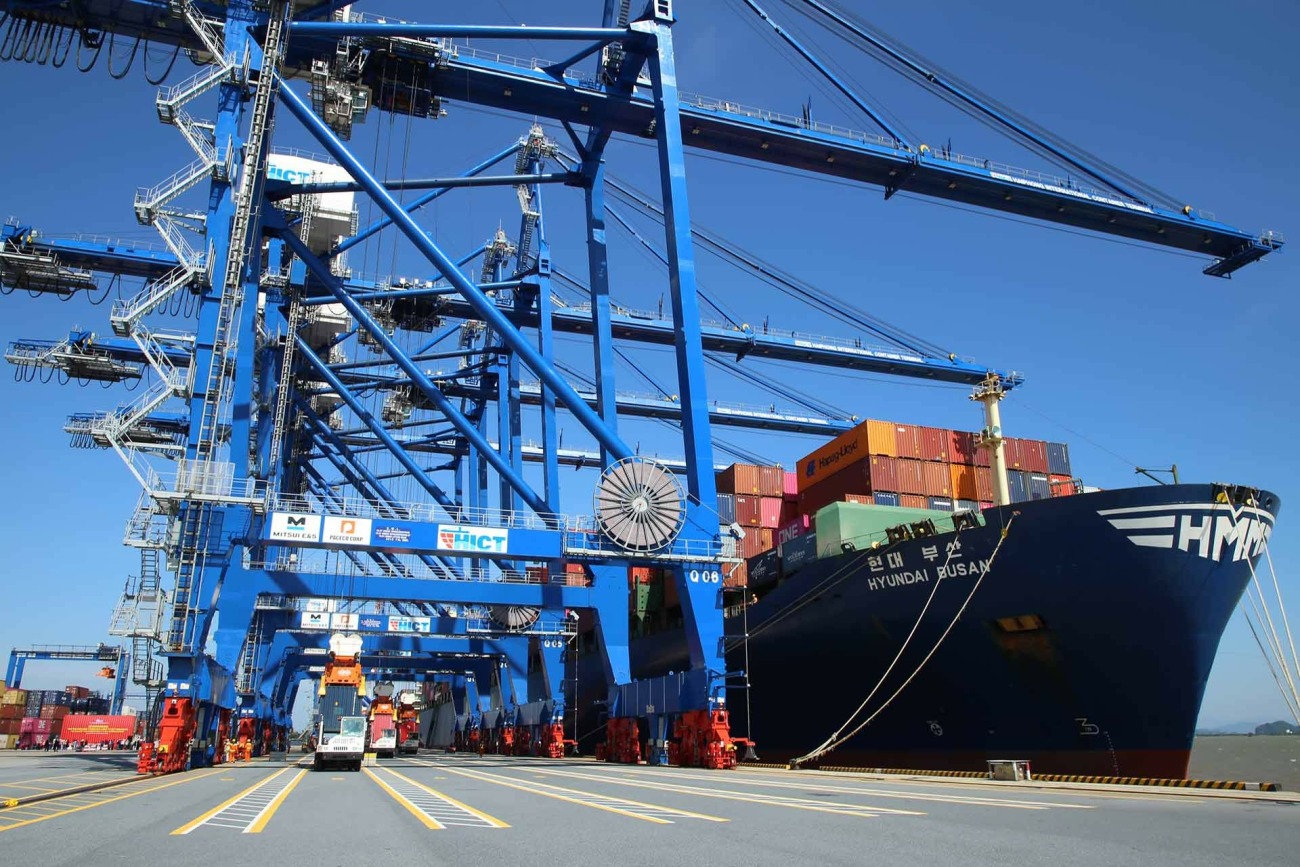World Bank says Delta variant slowing economic growth in East Asia and Pacific
The East Asia and Pacific region's recovery has been undermined by the spread of the COVID-19 Delta variant,
Vietnam is one of the 'heroes' in the economic recovery process in East Asia and the Pacific region.
The WB representative said that most countries in the East Asia and Pacific economic region (EAP) have shown recovery after the COVID-19 pandemic.
Among them, the economic growth of China and Vietnam is the most outstanding, ranking above other countries such as Indonesia, Cambodia and Malaysia.
 At the announcement of the 6-month East Asia and Pacific Economic Update Report (East Asia and Pacific-EAP) on the morning of October 2, Mr. Aaditya Mattoo, Chief Economist of the WB's EAP region, revealed that most economies in EAP have recovered.
At the announcement of the 6-month East Asia and Pacific Economic Update Report (East Asia and Pacific-EAP) on the morning of October 2, Mr. Aaditya Mattoo, Chief Economist of the WB's EAP region, revealed that most economies in EAP have recovered.
Among them, the most prominent is the economic growth of China and Vietnam. Next are Indonesia, Cambodia, Malaysia, Laos, Philippines... all of which have grown higher than before the epidemic. However, some other countries, such as Tonga, Vanuatu, Samoa, Myanmar... have yet to recover.
However, Mr. Mattoo also forecasted that Vietnam's GDP growth in 2023 will only be about 4.7%, much lower than normal because the economy depends on exports.
This field is facing many limitations, combined with moderate domestic demand. Vietnam's GDP is expected to grow at 5.5% by 2024 but requires Vietnam to carry out more reforms. Although the government has had some reforms in previous years, they have been minor in recent years.
According to him, the global economic growth slowdown in 2023 will affect countries in the region. While growth in the region remains higher than expected in other emerging and developed economies (EMDEs), it has slowed compared to previous forecasts.
Specifically, the EAP region is forecast to grow 5.0% in 2023, 0.1 percentage points lower than expected in April 2023. Growth in China is forecast to be 5.1 % in 2023, higher than 3.0% in 2022. However, EAP growth, excluding China, will slow down from 5.8% in 2022 to 4.6% in 2023 and from the expected 4.9% in April 2023.
Pacific economies will continue to grow in 2023, with an expected average growth of 5.2% in 2023. The EAP region could grow by 4.5% in 2024.
According to Mr. Aaditya Mattoo, 3 concerns can impact the economic growth of the EAP region, including:
First, the spirit of saving in the EAP region is increasing;
Second, China's growth momentum is slowing down.
Finally, the world economy is experiencing fluctuations. For example, changes in the US economy also affect the EAP region's economy.
 However, according to this expert, the region still has opportunities to grow again, with a special focus on service and technology development.
However, according to this expert, the region still has opportunities to grow again, with a special focus on service and technology development.
In the medium and long term, service development will be the overall development focus of EAP. East Asia's rapid economic growth over the past decades is often considered to be driven by the manufacturing sector. However, services are increasingly important, the main driving force for economic growth and job creation, but often need to be considered.
Mr. Mattoo pointed out that productivity in some services, such as business, finance and communications... is higher than in manufacturing. Although the majority of service jobs in EAP are still in low-skilled and low-productivity services such as traditional retail and transport, recent years have seen the service sector's contribution to productivity growth increase. Aggregate employment has been higher than the contribution of manufacturing in all major regional economies.
Modern services represent East Asia's most dynamic element of international trade and foreign direct investment (FDI). In most countries, the growth rate of FDI in the 2012-2019 period in the service sector has exceeded the growth rate of FDI in the manufacturing sector by 5 times.
Regarding the technology sector, Mr. Mattoo said that changes in technology and service policies have shaped and will affect the development of services and their contribution to development. Reforming policies that limit entry and competition in the service industry is also changing the structure between and within industries.
EAP and other countries have confirmed that reducing barriers to competition in services will promote higher productivity growth in this sector and in manufacturing industries that use services, he said.
For example, analysis of new businesses in Vietnam shows that the easing of restrictions on the transport, finance and business sectors over the period 2008–2016 was associated with an increase in value added. The average annual increase is 2.9% per employee in these fields.
In addition, service liberalization combined with a 3.1% increase in labour productivity of manufacturing enterprises using service inputs brings the most significant benefits to small and medium-sized private enterprises.